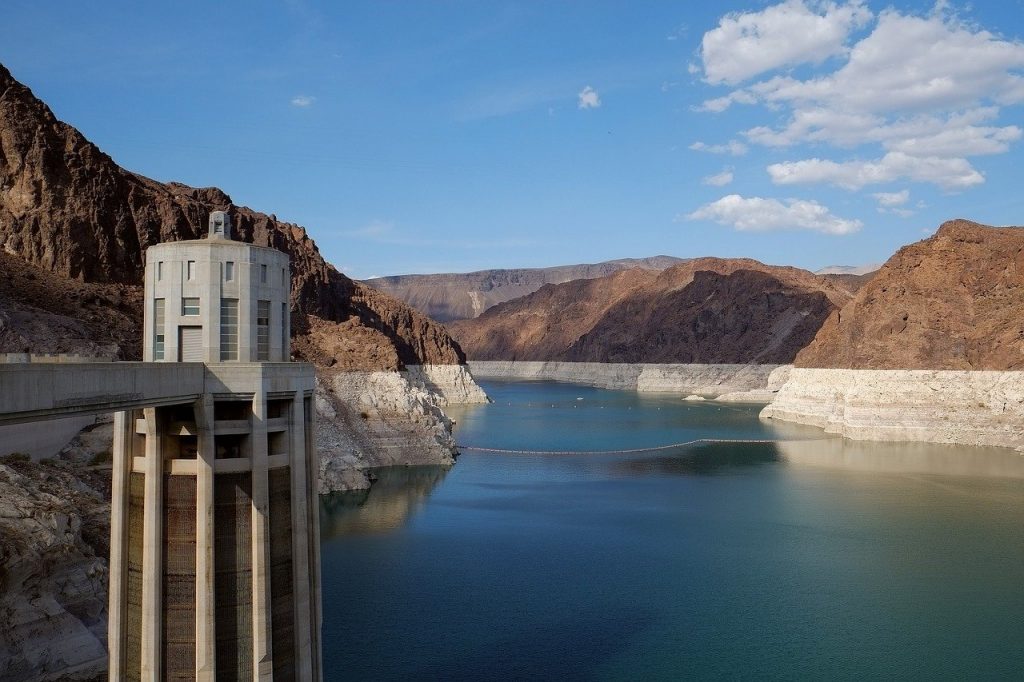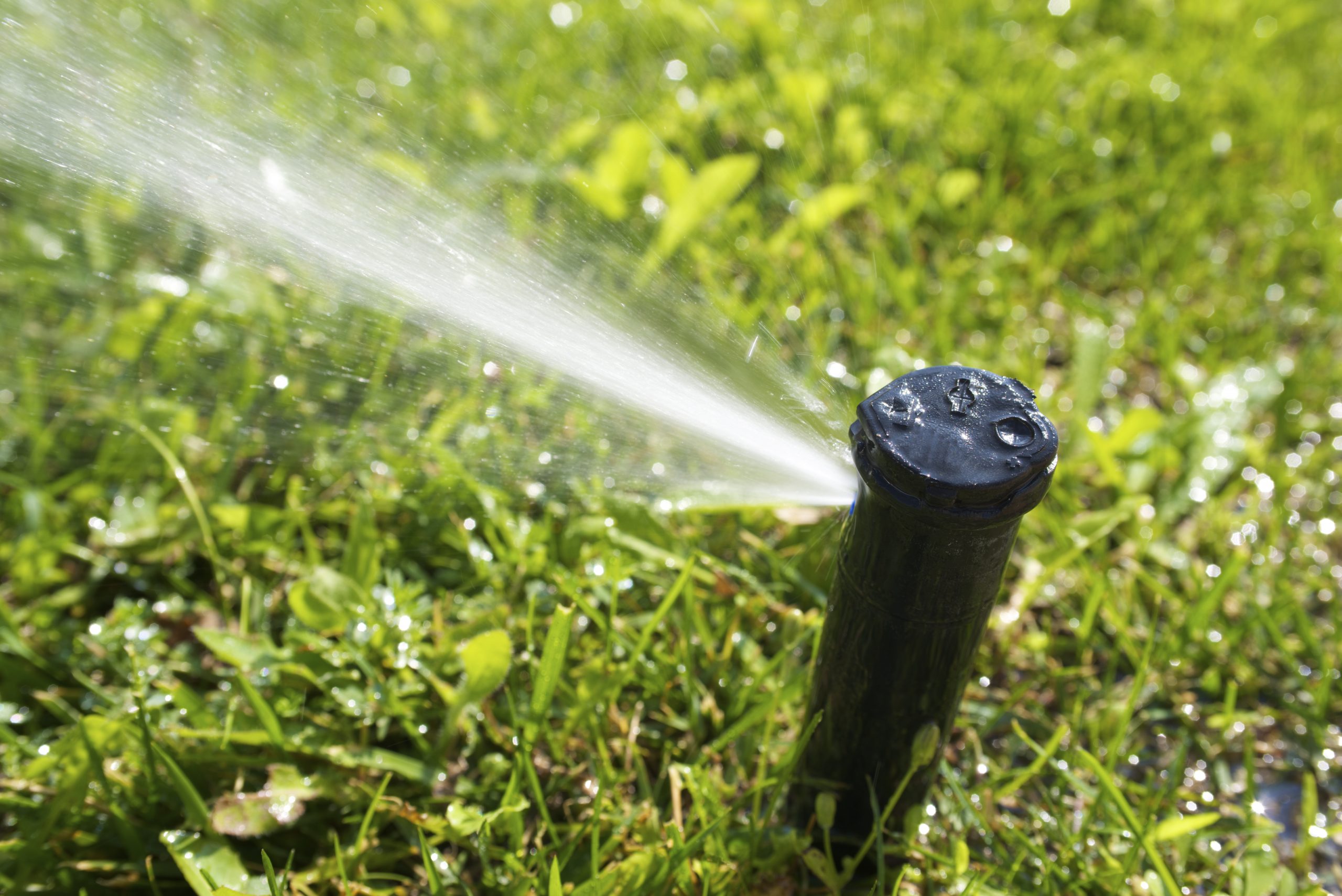
Dear Eartha, Megadrought in the West headlines are all over my newsfeed. Can you break it down for me?
As I sit here and read the same headlines about drought in the West, I am literally and figuratively sweating. Summer temperatures are already breaking records here in Colorado and while the headlines might be starting to sound like a broken record, we need to continue sounding the alarm.
As we have all seen, the extremely dry conditions and worsening fire seasons have been the West’s new normal for a while now. The prolonged arid conditions and abnormally low precipitation is what scientists are calling a “megadrought”. A megadrought is at least a 20-year period of severe drought – and yep, the Western U.S has been under these conditions since 2000.
Drought over such a long period of time has compounding effects. And unlike historical megadroughts, human-driven climate change is worsening these effects. The recent dramatic shift in fire danger coupled with forecasted 80-degree June temperatures is unheard of in recent years. Further, when was the last time we have seen such a drastic melting of snow from our mountain peaks in such a short period of time? All these put a strain on our watersheds and therefore our water supplies.
A hotter, drier future
A lot of people rely on the snowmelt that starts in our mountain communities. The Colorado River alone provides water for approximately 40 million people and 5 million acres of farmland. This year, more than ever before, the Colorado River is seeing major shortages. Lake Meade on the Arizona-Nevada border, one of the largest reservoirs along the Colorado River, has fallen 139 feet since 2000 and sits at 37% capacity. This is a record low for the reservoir since it was filled back in the 1930s. Even as drought continues to impact water availability, there is growing demand. Residential water restrictions might be the new normal.
I would also encourage you to consider how drought impacts energy sources. There are more than 53 dams along the Colorado River and its tributaries, and twelve of those dams produce hydropower. Overall, 22% of energy in the west comes from hydroelectric sources. When the river is low, power generation decreases, and providers turn to purchasing other sources of energy like coal. This adds more CO2 into the atmosphere which further warms our atmosphere and prolongs the arid conditions. Being able to plan our future energy sources to rely less on water and coal will be imperative to dealing with the hotter and drier climate.

I would also encourage you to consider how drought impacts energy sources. There are more than 53 dams along the Colorado River and its tributaries, and twelve of those dams produce hydropower. Overall, 22% of energy in the west comes from hydroelectric sources. When the river is low, power generation decreases, and providers turn to purchasing other sources of energy like coal. This adds more CO2 into the atmosphere which further warms our atmosphere and prolongs the arid conditions. Being able to plan our future energy sources to rely less on water and coal will be imperative to dealing with the hotter and drier climate.
Right here in Summit County, residents who are interested in solar as an alternative energy source can check out Solarize Summit, a community program to provide free solar assessments to Summit County homeowners and businesses. Rebates are still available in Breckenridge, so do not miss out on your opportunity to go solar at a discounted rate.
Smarter Practices
Individual actions can make a difference, and Cape Town, South Africa is the perfect example. In 2018, the city of Cape Town was close to “Day Zero”, the day the city would run out of water due to drought. As the city was counting down the days shutting off municipal water, people came together to use less. By implementing water restrictions such as banning outdoor and non-essential water use, encouraging toilet flushing with greywater, and eventually limiting daily consumption to about 13 gallons per person, Cape Town pushed back “Day Zero,” indefinitely. According to the United States Geological Survey USGS, the average person in the U.S uses 80 to 100 gallons per day. So, getting to Cape Town’s level of conservation would not be easy for many of us.

I am hopeful we will not have to get to that level of conservation, but we all need to act now before it’s too late. Fortunately, there are programs in Summit County that make saving water easy. Tame the Tap helps residents switch to a low-flow lifestyle. It’s free in many areas of the county and when you sign up, experts from the High Country Conservation Center will help you save potentially thousands of gallons per year. In Breckenridge and Frisco, homeowners can save big with Slow the Flow. These check-ups offer simple fixes to help homeowners save water and money by improving their outdoor sprinkler systems.
